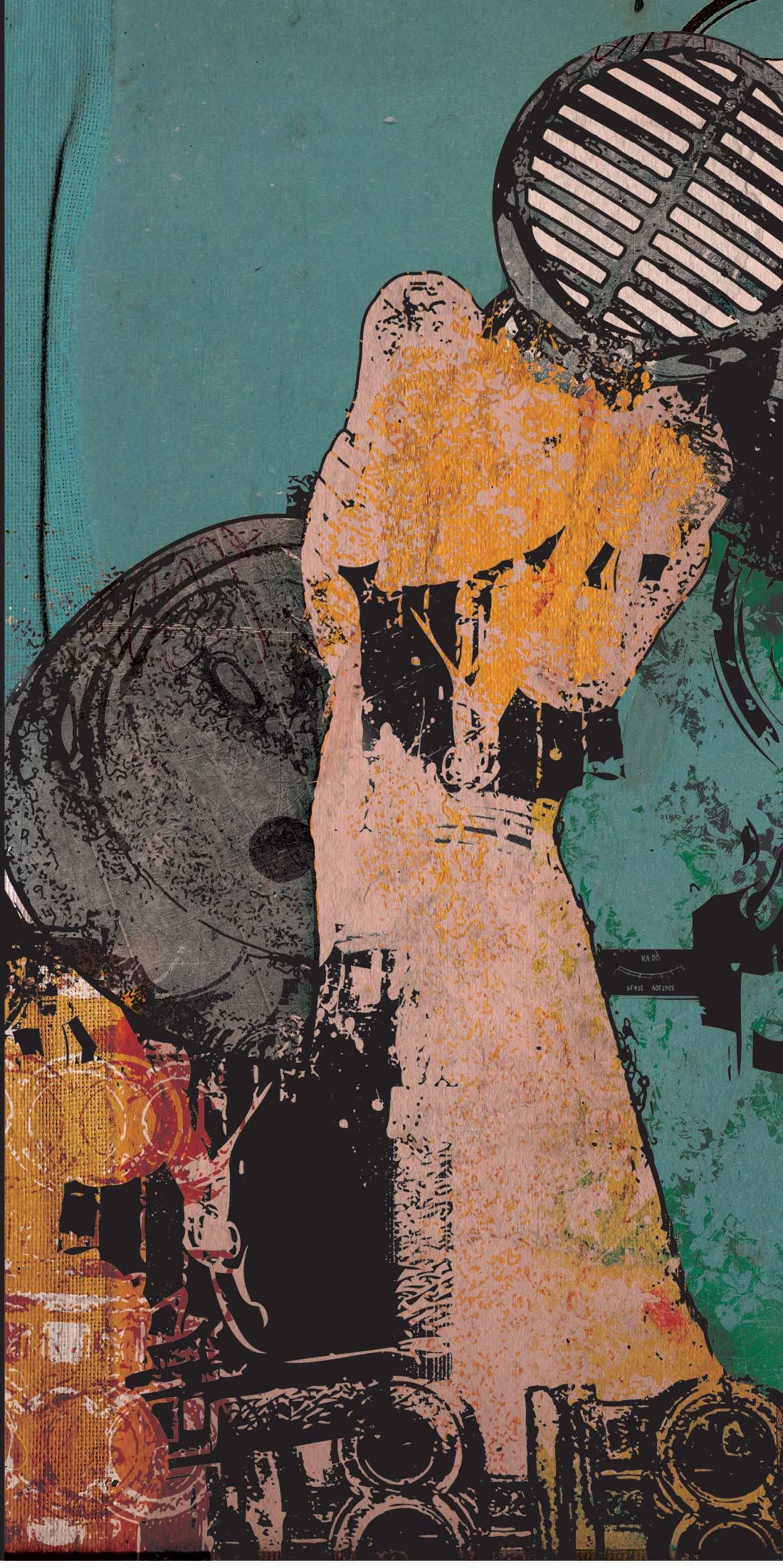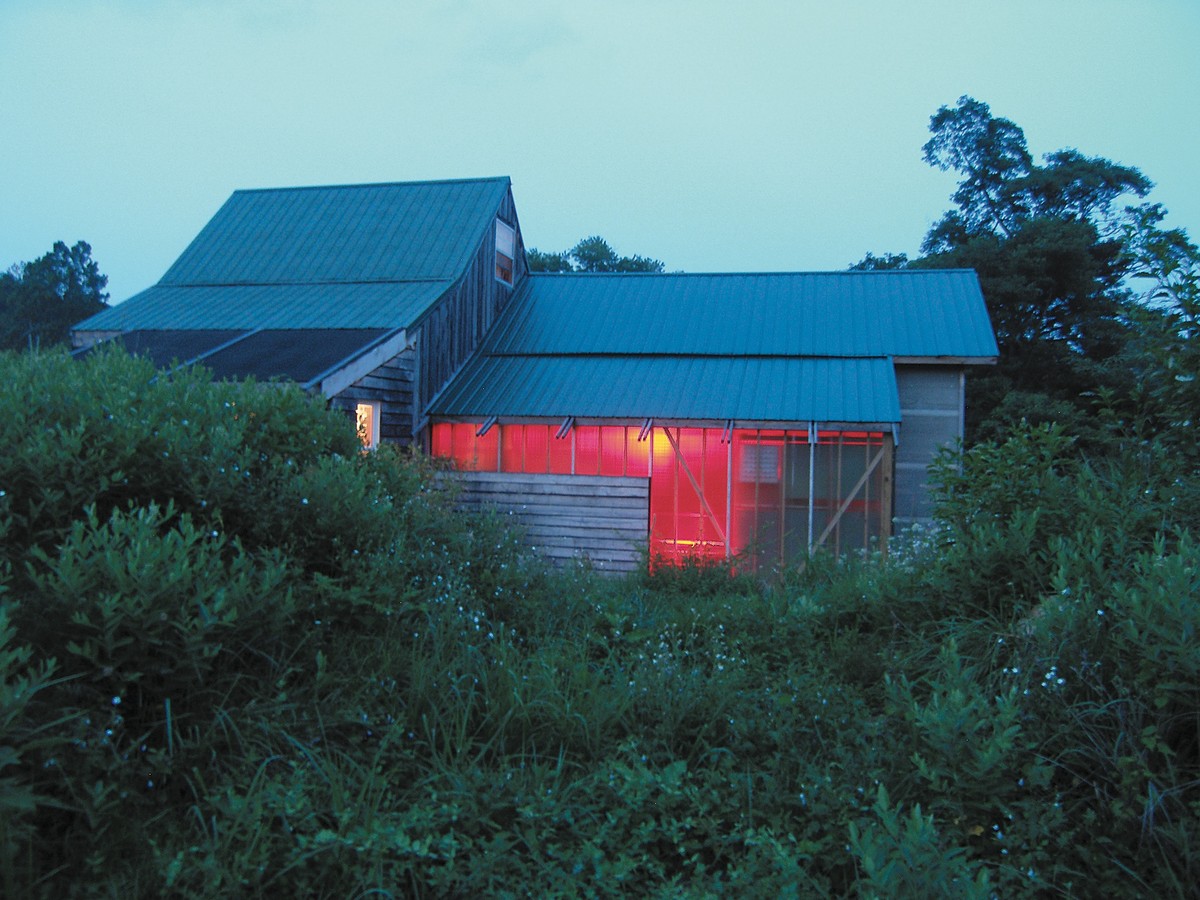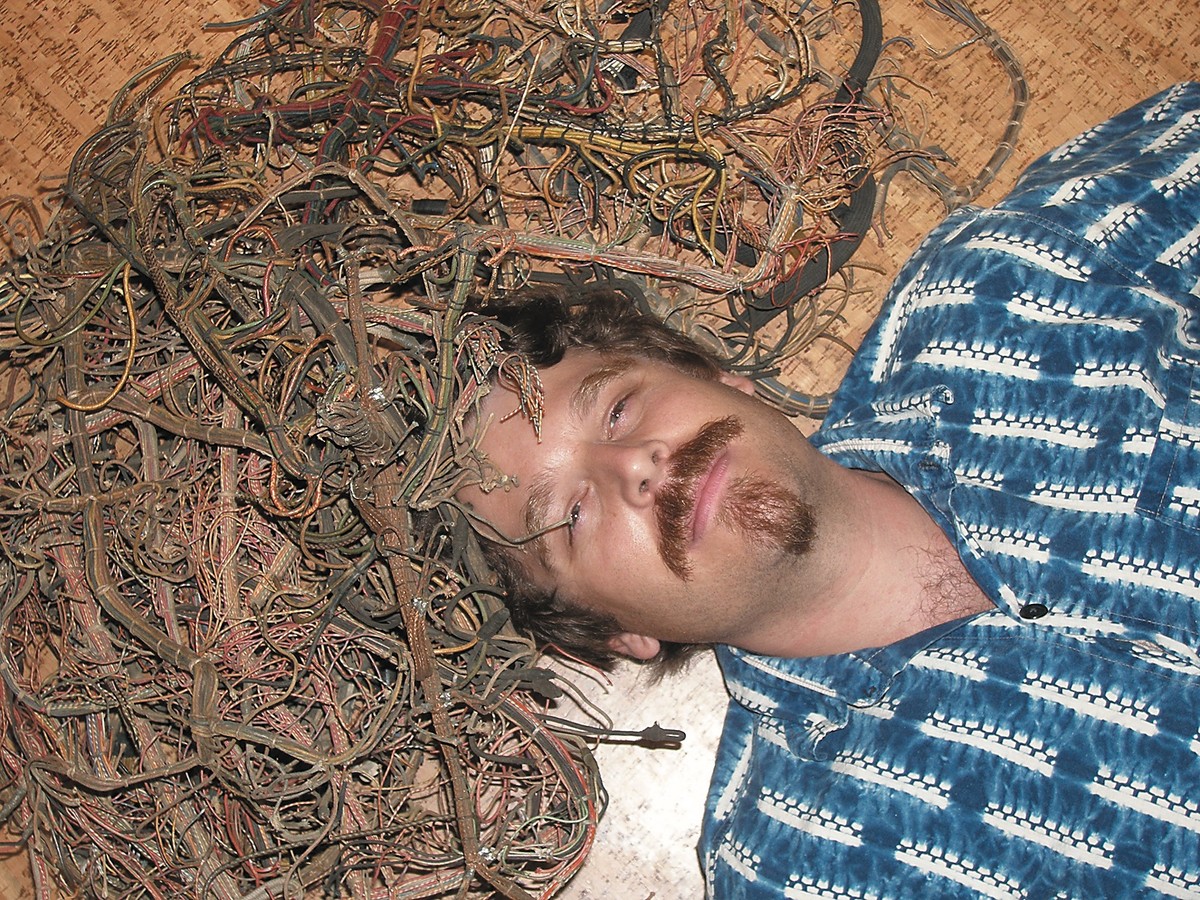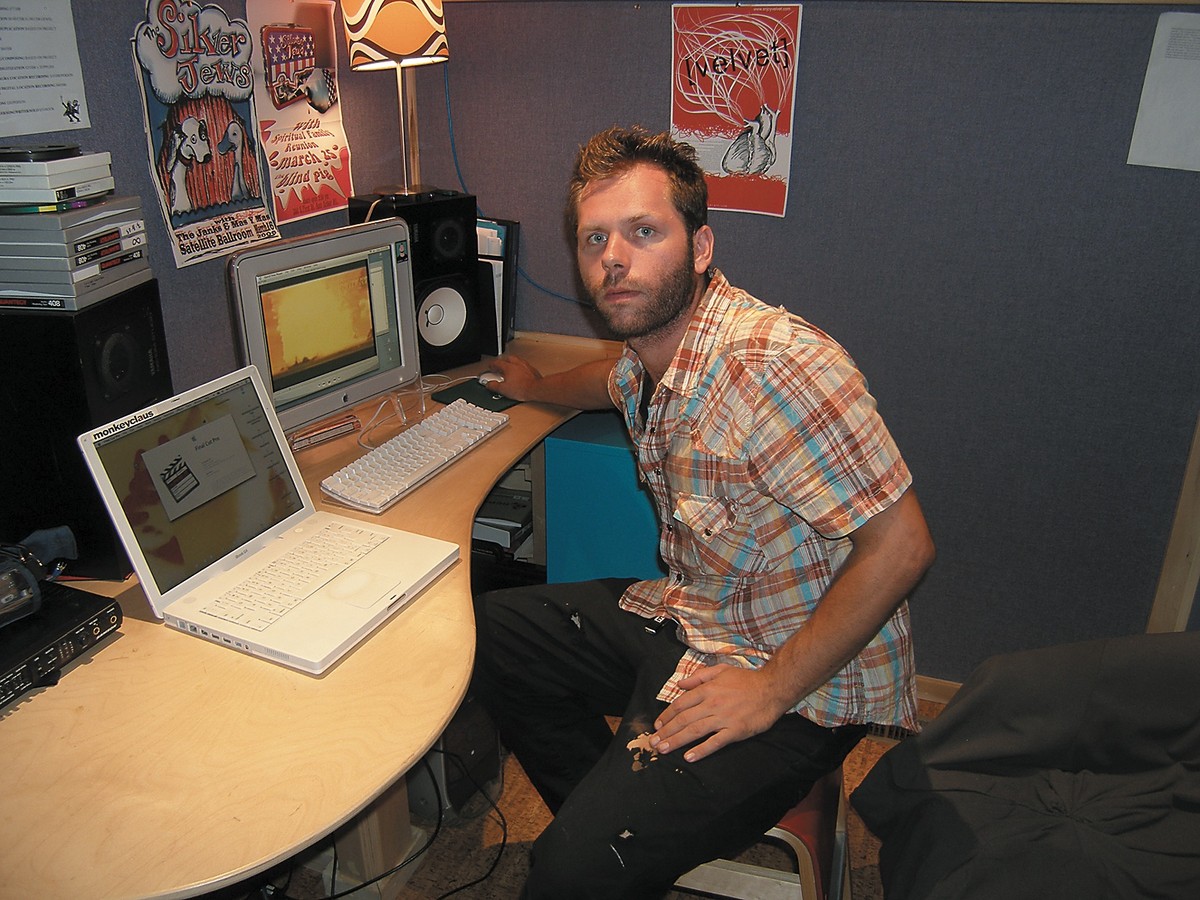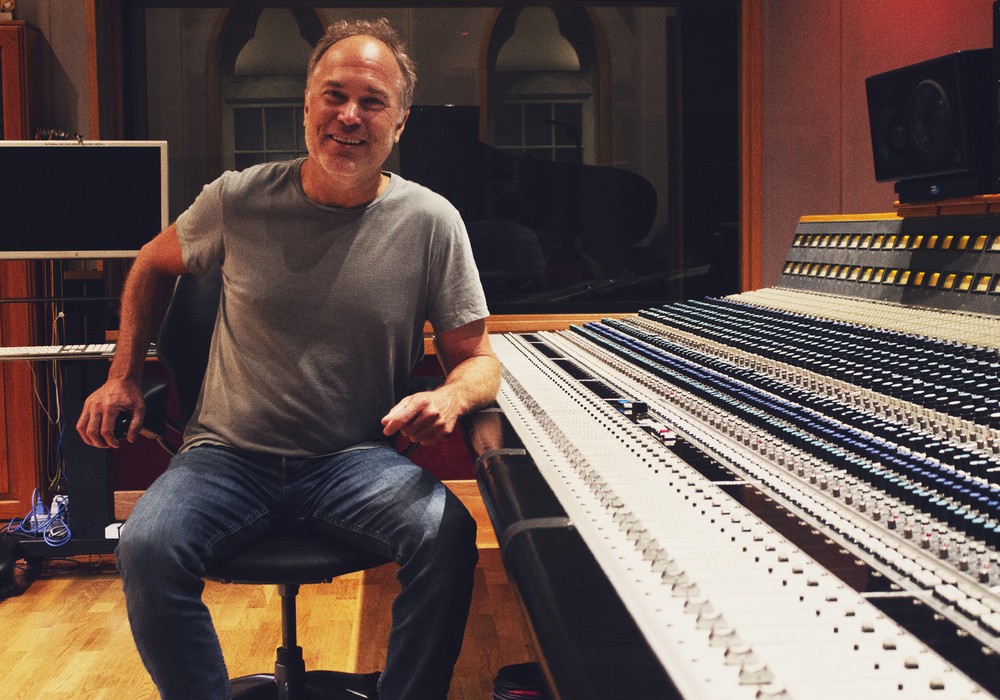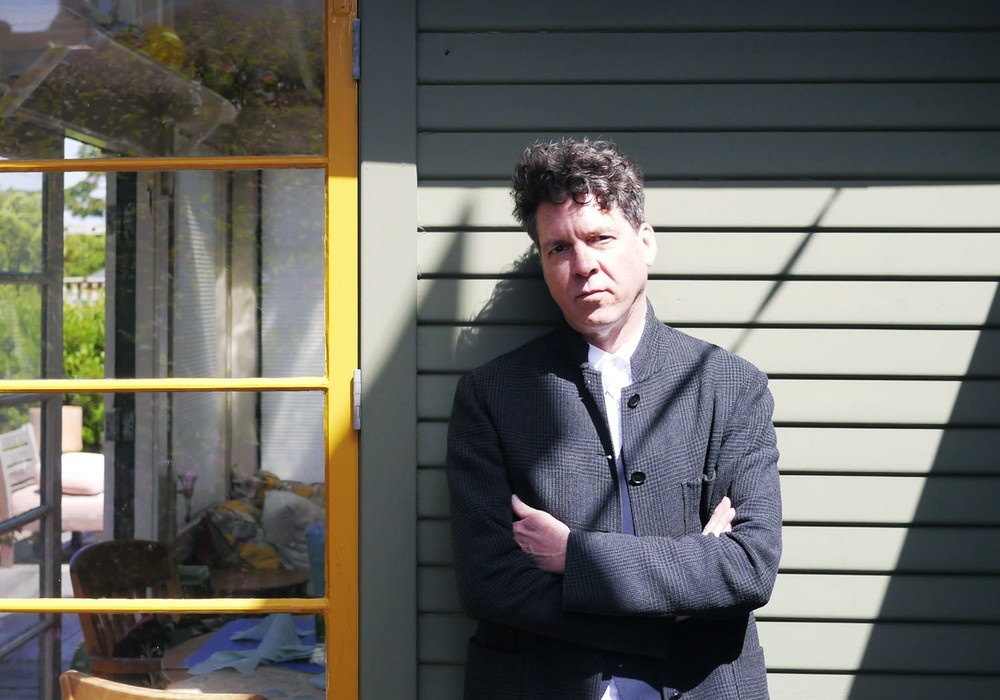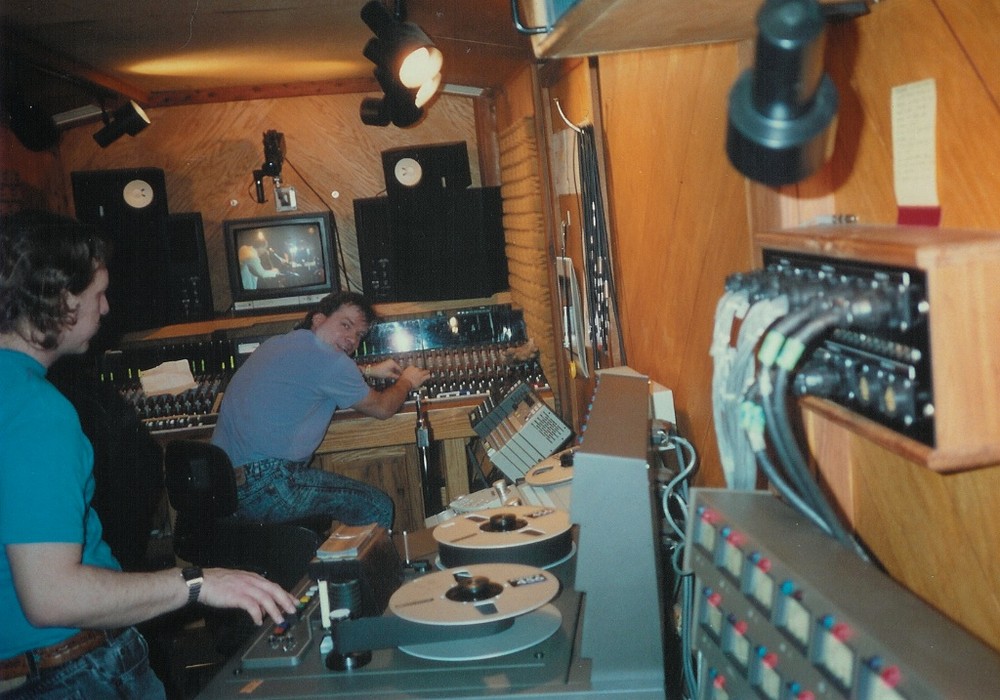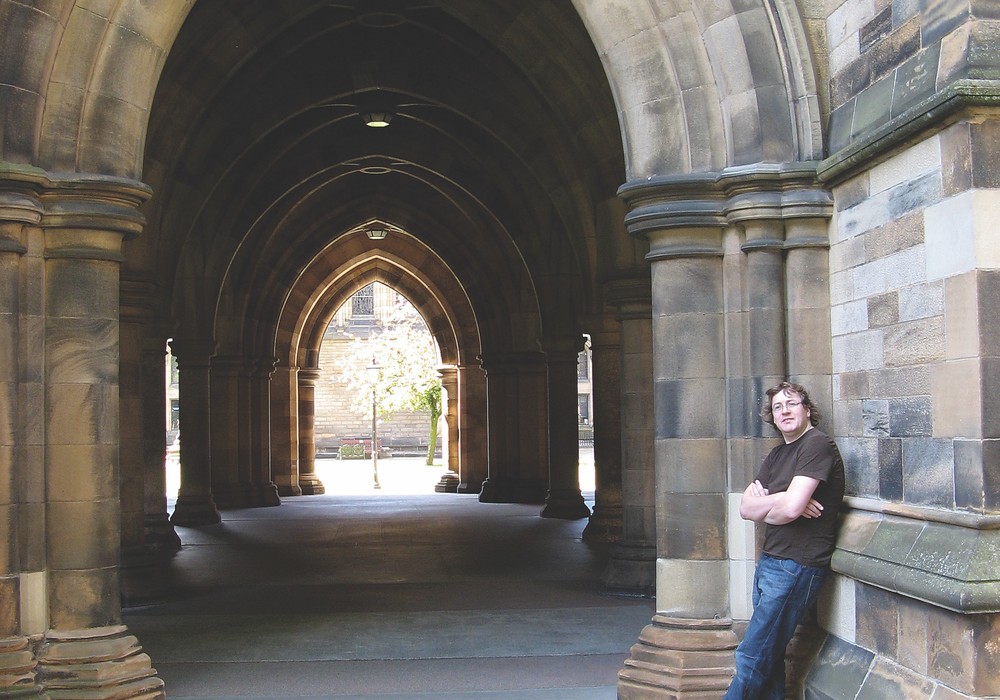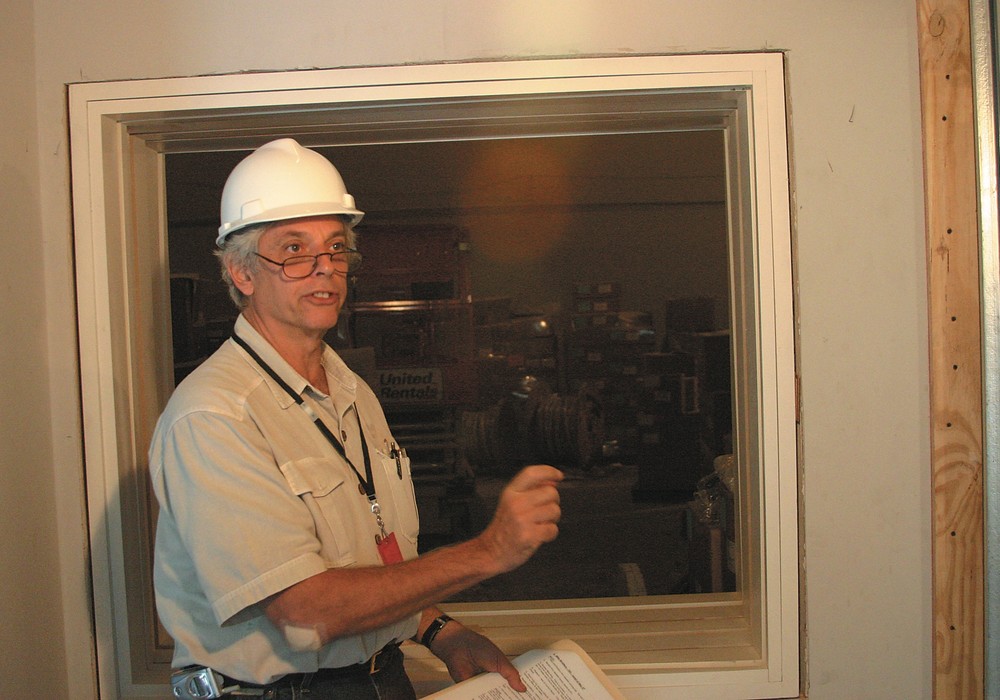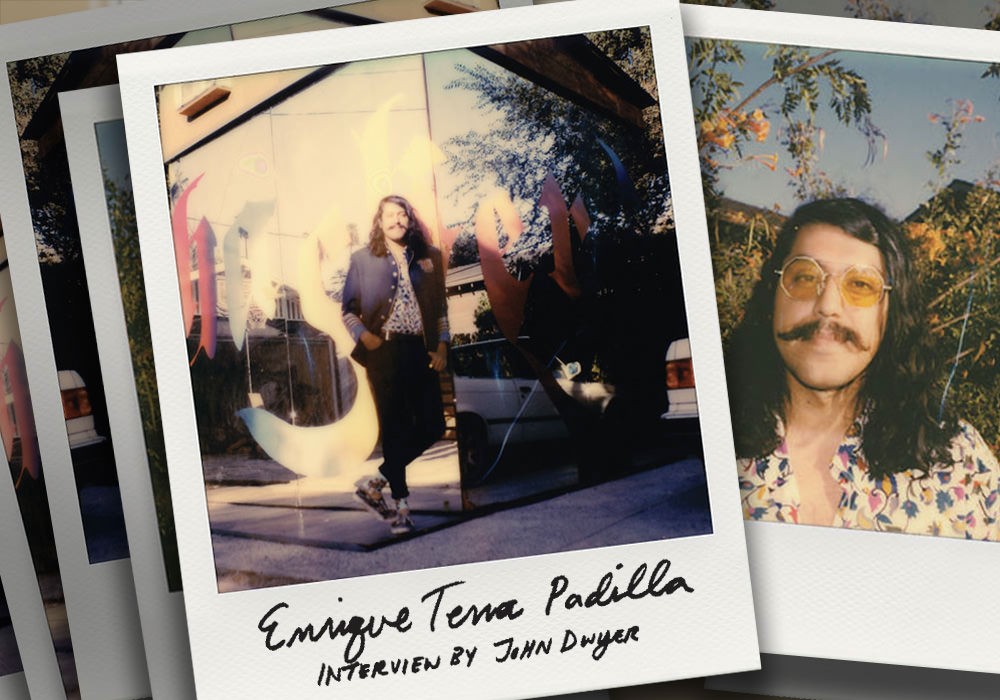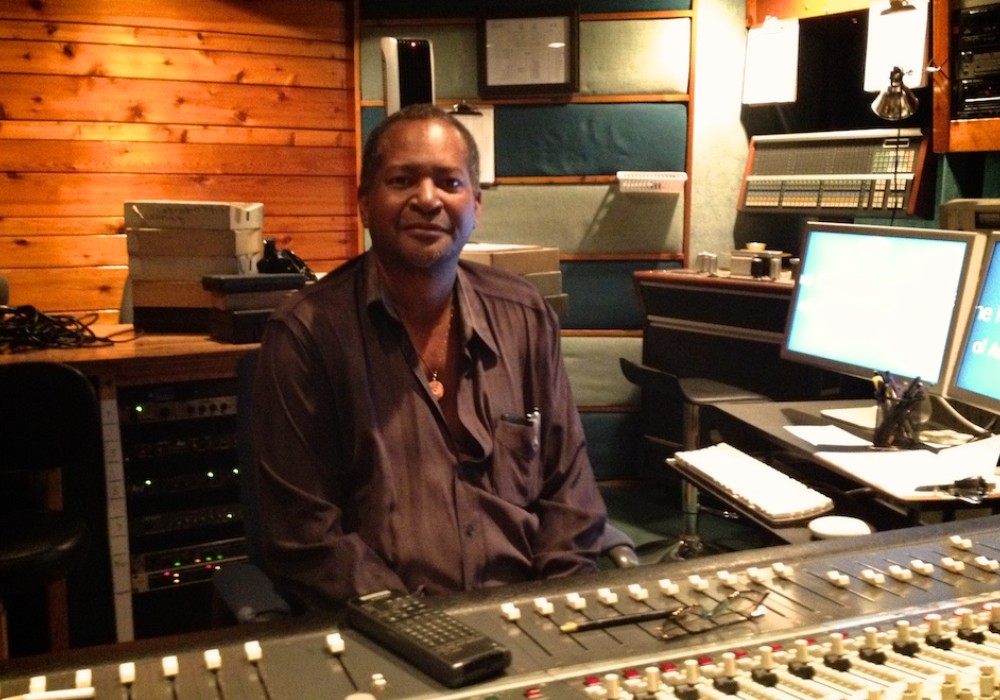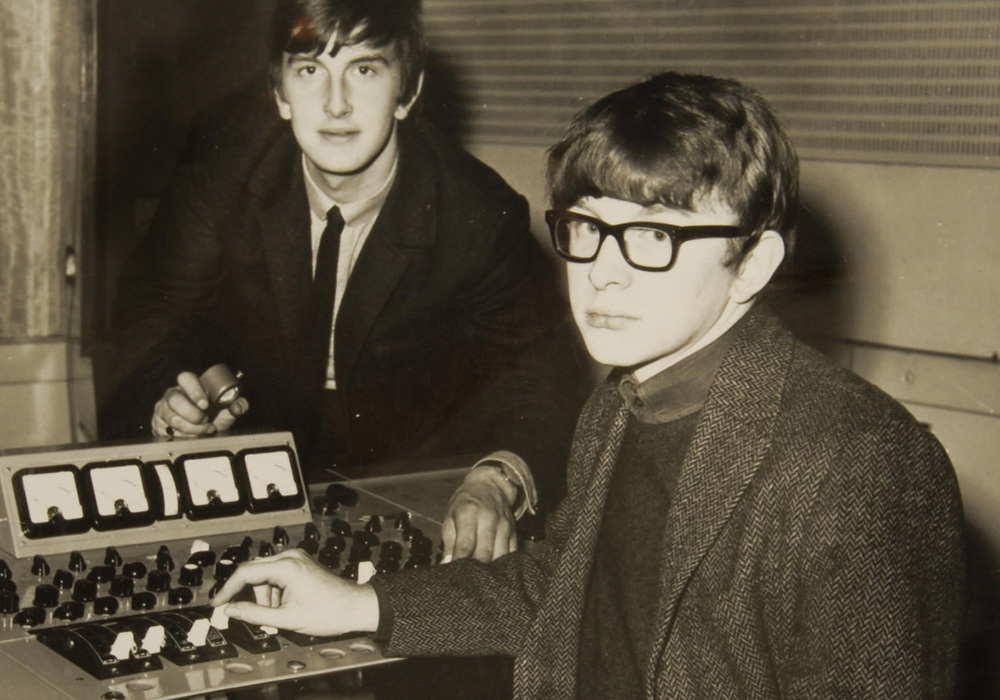One has to wonder whether musicians and engineers really understand how to interact with technology as a larger social force — that is, beyond coveting the newest nerd- trinkets. Running a recording session effectively certainly demands a phenomenal amount of technical expertise, which in turn requires years of specialized training. But for the past decade there has been a looming specter which music, art and human creative endeavors have yet to effectively address: the personal computer changed everything about everything. iPods are destroying record labels. Mboxes kill studios. The fact that music written to physical surfaces is still the standard borders on ridiculous in an age of T3 data lines. How long until music — or even art as a whole — is computer generated? No, really. Think about that for a second.
If this all sounds a little too Terminator 2 for you, perhaps you should be looking to Peter Agelasto. The perpetually smiling, 32-year-old archaeologist-cum- recording-engineer has spent those same ten years hunkered down in rural Virginia building a studio compound and a vision, not as a stronghold against an artistic holocaust, but rather as a temple through which the music world can be reborn. Right around the turn of the millennium, Agelasto and the fellow musicians who had been congregating in his barn since the late 1990s began to organize their activities and soon found themselves at the helm of the first ever rock and roll cultural exchange program between the United States and China. The tour they orchestrated for the Cavesluts marked the first time in history that a Chinese band had released an album and toured in the U.S., and when the time came for Americans to reciprocate, Agelasto realized that they were really on to something: their efforts had attracted the interest of one of the most influential Western political and musical voices from the preceding century.
"Bob Dylan liked the idea enough to pursue it with us through his London management. We were working with affiliates with Chinese television and the Ministry of Culture," he says. "We were going to sign contracts with Dylan — five shows — it was unbelievable, we were this barn out in the middle of Virginia! And then SARS broke out. I was like, 'Oh my god, this can't be happening. We worked for a year on this.'"
But even the most widely feared pandemic this side of smallpox couldn't dampen the momentum that the barn-dwellers had amassed. Two months later, they started building — even though they didn't quite know what they were working on.
"There was an outpouring of volunteer effort, and nearly everything was donated," Agelasto recalls. "This whole place had been populated by people showing up from everywhere, and it had this whole reverse Bermuda Triangle draw. It was almost like a sandcastle at the beach that everyone wants to come work on." Current estimates land them at between ten and fifteen thousand hours of labor from 130 volunteers and raw materials that were 27% post consumer industrial waste.
Ray Snably is now the house video guru, but he was a carpenter in a past life and looks back fondly on the construction process. "It was a blast, just feeling a piece of wood and seeing how it wanted to be shaped," he says. Here and there, occasional details of the studio still bear signs of his work: the doors to the isolation booths, for example, are jig sawed together from dozens of tiny pieces of scrap wood.
Agelasto concurs. "It was so creative, you'd think you were living in the 1500s," he says, "We were getting a lot of scrap oak and scrap poplar and used 2x4s. It really inspired everyone. It was such an energy. Everyone was really trying to build something."
What they built turned out to be a recording studio, but starting with recycled materials ignited a unique spark of ecological awareness...
